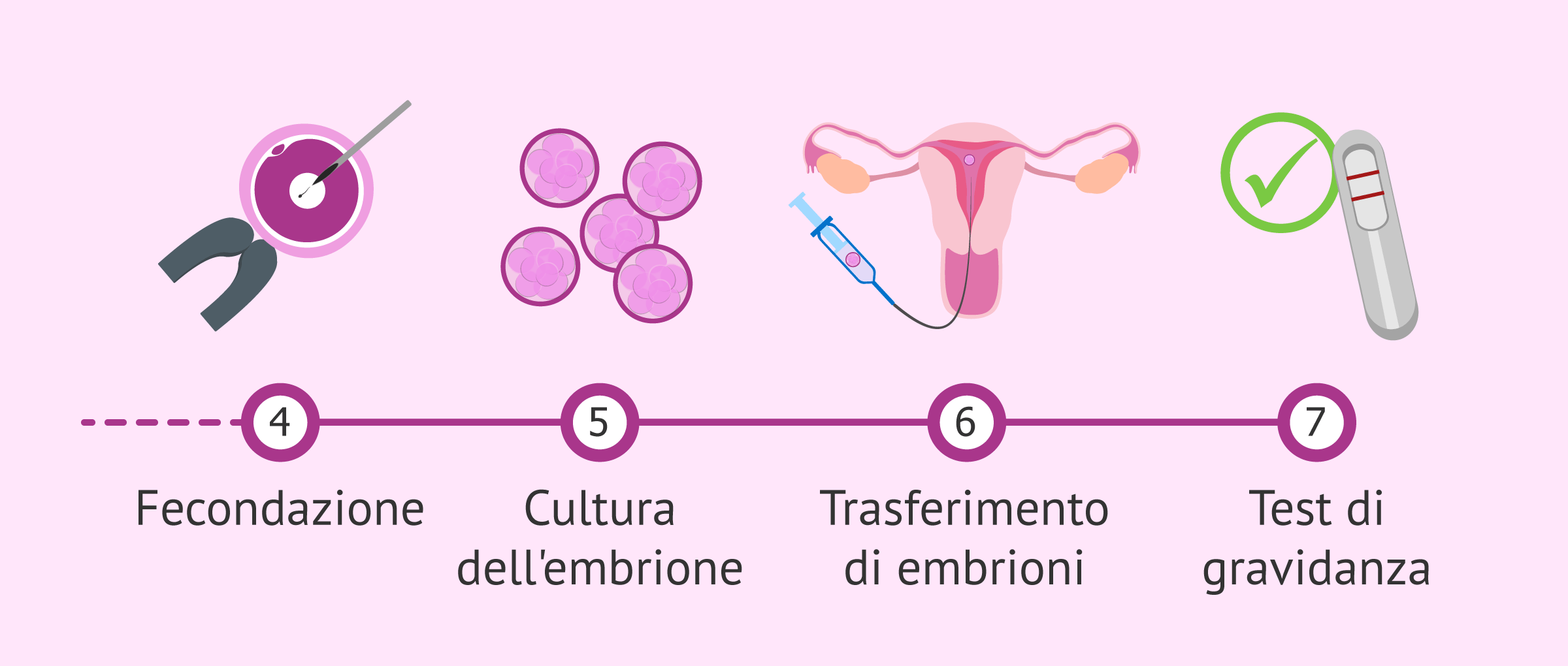

One of the fundamental objectives for liver transplantation teams is to achieve the best possible quality of life (QOL) for the patients. To date, more than 50,000 liver transplantations have been performed around the world the survival rate five years after transplantation ranges from 60% to 65%. For this purpose we describe principal methods and critical points of cryopreservation, age of embryos in which cryopreservation occurs, criterions of evaluation of the quality of embryos after thawing, survival rate, pregnancy rate and life birth rate after cryopreservation in different centers in the world. In the present review we attend to determine the eventual risks for embryo undergone cryopreservation examining the recent statistical data, published by different groups of authors. Leaving out of considerations ethical problems of the questionable solutions which were taken regarding the “orphan” surplus embryos, who’s parents have no any more projects for pregnancy, it is necessary to underline that cryopreservation itself may dramatically decrease survival rate of embryos, which means create vital risk for human being. Production and cryopreservation of spare embryos has already become a routine in the practice of extra-corporal artificial fertilization techniques. A tal fine vengono riportate: le principali metodiche i limiti delle procedure di crioconservazione la fase di sviluppo in cui la crioconservazione viene eseguita i criteri utilizzati per valutare la qualità degli embrioni dopo lo scongelamento i dati sulla sopravvivenza degli embrioni, sulle gravidanze e sulle nascite in alcuni centri di fecondazione artificiale. Questa rassegna desidera esporre quanto si conosce, allo stato attuale, sul “rischio” per l’embrione crioconservato e documentarne l’entità attraverso le valutazioni statistiche offerte dai singoli autori. A prescindere dalle discutibili soluzioni adottate nei confronti degli embrioni “in eccedenza” per i quali non vi è più un progetto parentale, le stesse procedure di crioconservazione possono ridurre in modo drammatico le possibilità di sopravvivenza degli embrioni e rappresentare, quindi, un rischio per la vita dell’essere umano. Nel ricorso alle tecniche di fecondazione artificiale extracorporea, la produzione di un numero elevato di embrioni e la crioconservazione dell’“eccedenza” è divenuta oramai una prassi.


 0 kommentar(er)
0 kommentar(er)
